We talk about open access a lot here at ECS, but how much do you really know about OA?
Test your knowledge by taking the Cognet OA quiz below!
We talk about open access a lot here at ECS, but how much do you really know about OA?
Test your knowledge by taking the Cognet OA quiz below!

Image: Wikimedia Commons
U.S. Vice President Joe Biden is making his voice heard in the quest for open access of vital scientific research.
After losing his son to cancer in May of 2015, Biden has been on a mission to accelerate cancer research in search of a cure. In order to make those leaps and bounds in prevention, diagnosis, and treatment, Biden is now pushing for an open access database to gain better understanding of the disease and advance innovation.
According to The Washington Post, Biden stated that the path toward breakthroughs relies upon increasing the number of researchers who can access data.
While the scope of ECS’s science may be different, our mission to accelerate innovation and open access to our research is the same.
ECS’s Free the Science initiative aims to make all of the research in our Digital Library free to publish and free to read – freeing the science for everyone.
Instead of putting money into the publishing industry, Free the Science is investing in research – allowing scientists to share their work with readers around the world and attracting more minds to think about how to solve some of our planet’s most pressing problems.
Learn more about Free the Science.
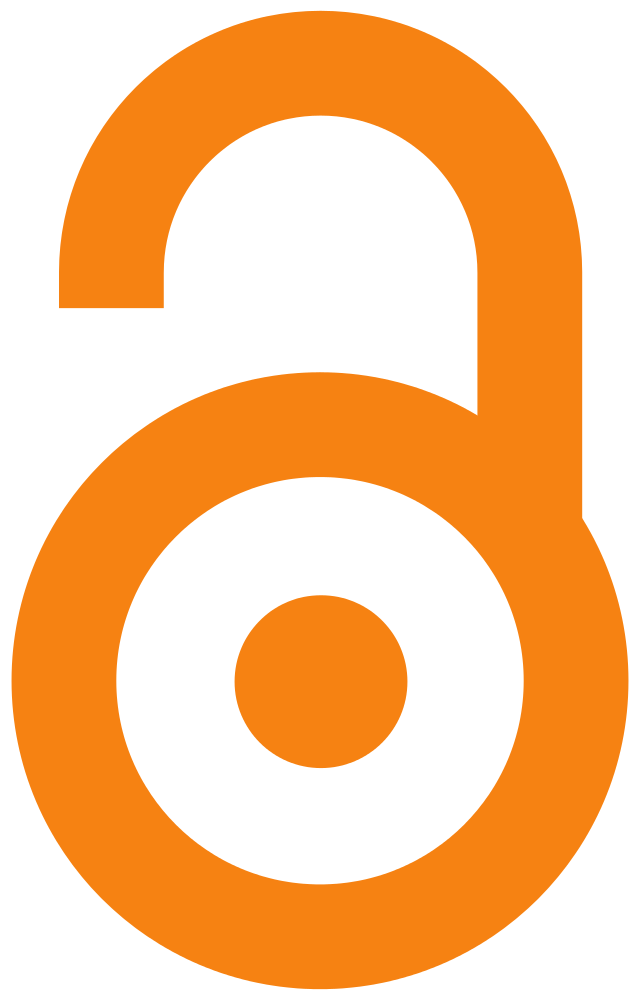 When eLife emerged in 2012, the biomedical journal aimed to be on-par with such competitors as Nature and Cell as far as content goes, but publish those papers at no cost to the author or reader.
When eLife emerged in 2012, the biomedical journal aimed to be on-par with such competitors as Nature and Cell as far as content goes, but publish those papers at no cost to the author or reader.
After 1,800 papers four years of a complete open access model, eLife will get another boost from its funders to allow the journal to continue down its path of high standards and openness.
“eLife’s status in the field is rising quite quickly,” eLife editor Sjors Scheres told Nature News. “I liked the idea behind it — to make a high-impact journal completely driven by scientists, and open.”
ECS’s Free the Science initiative draws many parallels to eLife’s publication model. Much like eLife, ECS looks to maintain our rigorous peer-review process as we move toward making the ECS Digital Library completely open access.
Free the Science is an initiative that seeks to remove all fees associate with publishing and accessing our scientific content so scientists can share their research with readers around the world, allowing more minds to think about and solve problems.
Learn more about Free the Science and watch our video explaining why it has never been more important to advance our technical domain.
Please join us on Tuesday May 31 at 0700h for an invigorating morning run in support of ECS’s open access efforts.
The race winners (top male and top female) runner will each receive an Open Access Credit! This credit may be used to publish a paper as OA in either JES or JSS.
For more information on ECS publications, please visit the ECS Digital Library and the ECS online store and be sure to stop by the ECS Publications booth, located on the Sapphire Level of the San Diego Hilton Bayfront.
Looking forward to seeing you in San Diego!

New for the 229th ECS Meeting: Stop by the ECS Publication Booth for a chance to win 1 of 4 Open Access Credits! These credits may be used to publish your paper as OA in either JES or JSS.
Please stop by the ECS Publications Booth, located on the Sapphire Level (Fourth Floor) of the Hilton Bayfront any time during Registration Hours and drop off your business card to enter the raffle. ECS will be raffling off 4 Open Access credits during the 229th ECS meeting (each credit is worth $800)!
Questions? Please email oa@electrochem.org and we’ll see you in San Diego!
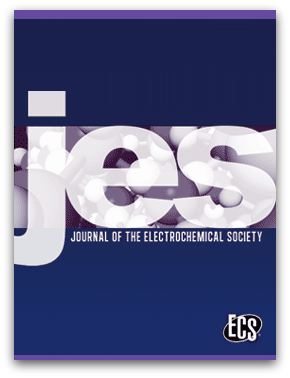 Deadline: June 15, 2016
Deadline: June 15, 2016
ECS is seeking to fill the position of Technical Editor of the Physical and Analytical Electrochemistry, Electrocatalysis, and Photoelectrochemistry Topical Interest Area for the Journal of The Electrochemical Society.
The Physical and Analytical Electrochemistry, Electrocatalysis, and Photoelectrochemistry (PAEEP) Topical Interest Area (TIA) includes fundamental aspects of interfacial science and electroanalytical chemistry. Specific topics include double layer theory and experiments, theoretical and experimental aspects of electrocatalysis, in situ spectroscopy, photoelectrochemical cells, scanning probe microscopy, and X-ray and electron microscopy methods.
The Journal of The Electrochemical Society (JES) has been in existence since 1902. Along with the ECS Journal of Solid State Science and Technology (JSS), JES and JSS provide unparalleled opportunities to disseminate basic research and technology results in electrochemical and solid state science and technology. JES and JSS each publish a minimum of 12 regular and focus issues each year. All ECS journals offer Author Choice Open Access.
ECS maintains 13 TIAs, and there is one Technical Editor for each TIA, supported by Associate Editors and an Editorial Advisory Board. Technical Editors for the ECS journals ensure the publication of original, significant, well-documented, peer-reviewed articles that meet the objectives of the relevant journal, and are within the scope of the Society’s TIAs.
Read the full description of the position and contact ECS Deputy Executive Director & Publisher Mary Yess if you would like to be considered or recommend someone for the position.
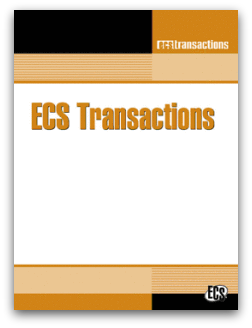 Seven new issues of ECS Transactions have just been published for the 229th ECS Meeting.
Seven new issues of ECS Transactions have just been published for the 229th ECS Meeting.
The papers in these issues of ECST will presented in San Diego May 29 to June 3, 2016. ECST Volume 72, Issued 1 to 7 can be found here.
New for 2016: these issues of ECST can also be purchased in the NEW ECS ONLINE STORE as full-text digital downloads. Please search for ECST issues from the 229th ECS meeting in the ECS online store here.
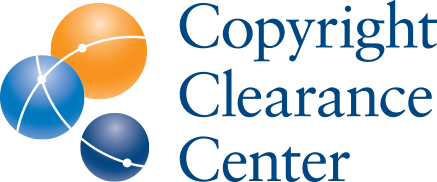 As part of our continued commitment to Open Access publishing, ECS is in the process of ensuring an increasingly robust management of article credits, APCs, and APC discounts. ECS is pleased to announce we are partnering with CCC RightsLink, which is a sophisticated self-service system that allows authors to pay the appropriate fee or select the article credit for their articles. CCC RightsLink will help ECS to future-proof its Open Access activities in a sustainable way.
As part of our continued commitment to Open Access publishing, ECS is in the process of ensuring an increasingly robust management of article credits, APCs, and APC discounts. ECS is pleased to announce we are partnering with CCC RightsLink, which is a sophisticated self-service system that allows authors to pay the appropriate fee or select the article credit for their articles. CCC RightsLink will help ECS to future-proof its Open Access activities in a sustainable way.
As of May 12, 2016 CCC RightsLink will be fully integrated with our article submission process. Authors will be able to pay color charges, supplemental material fees, and claim Open Access article credits through RightsLink’s self-service portal. (more…)
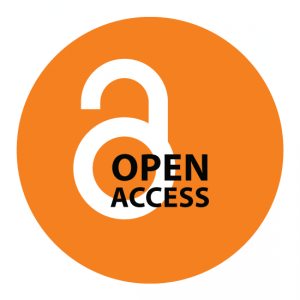 Whether you’re looking at the transformation of scholarly publications or the overall conversation across the globe, it’s clear to see that open access is picking up steam nearly everywhere. In a recent article from Thomson Reuters, the firm takes a deeper look at the move toward open access and its implications.
Whether you’re looking at the transformation of scholarly publications or the overall conversation across the globe, it’s clear to see that open access is picking up steam nearly everywhere. In a recent article from Thomson Reuters, the firm takes a deeper look at the move toward open access and its implications.
Like any publishing model, open access is not without its costs and values. In a traditional open access model, the burden of the cost falls back, in part, on the researcher. Because publishers are not earning subscription fees and individuals no longer have to purchase articles, the author takes on some of the cost of publishing and copy editing.
However, Reuters points out that it is pretty common for publications that are truly dedicated to open access to make affordable those costs to people who may typically not be able to afford it (i.e. waiving fess or article processing credits).
In contrast to the cost, the value of open access publications is felt on both an academic and societal level.
For researchers, open access allows scientists to get their findings published faster. By getting the data disseminated faster, researchers can get more citations and begin to connect the dots between the science and our everyday lives.
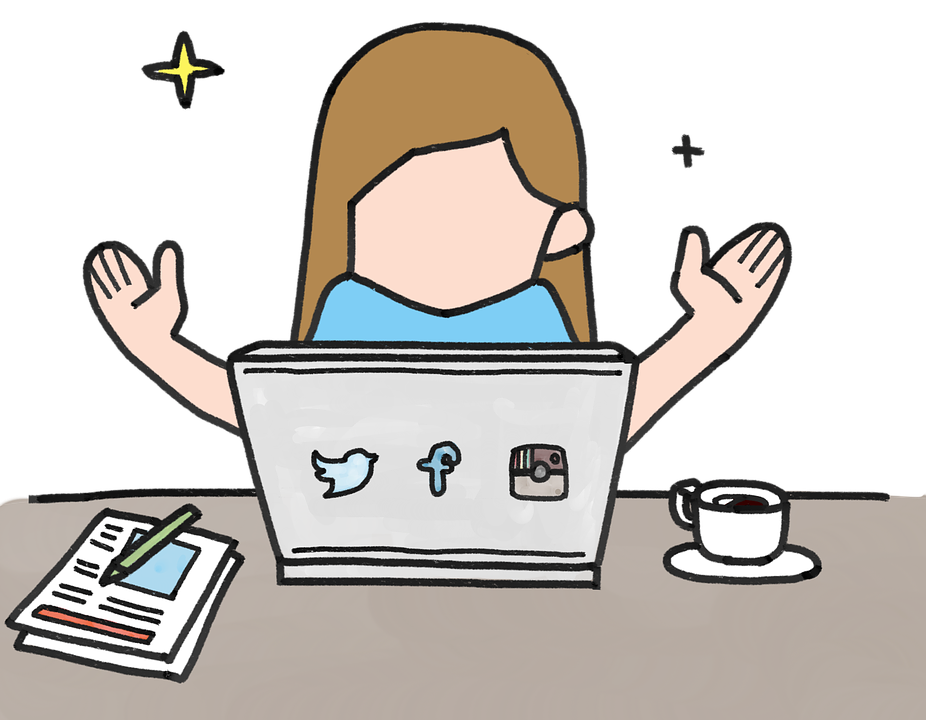 Michael Faraday may have suggested that the formula for scientific success is “work, finish, publish,” but Faraday said that back in the 19th century. In 2016, there are plenty of compelling reasons to tack another item onto the end of the list. Millions of scientific articles are published each year, making your work just a drop in the ocean (and we have authors who do a lot of work). In order to ensure that your work is read, cited, and has impact, it’s becoming increasingly necessary to add a little self-promotion to your workflow.
Michael Faraday may have suggested that the formula for scientific success is “work, finish, publish,” but Faraday said that back in the 19th century. In 2016, there are plenty of compelling reasons to tack another item onto the end of the list. Millions of scientific articles are published each year, making your work just a drop in the ocean (and we have authors who do a lot of work). In order to ensure that your work is read, cited, and has impact, it’s becoming increasingly necessary to add a little self-promotion to your workflow.
To help you get started we have a few suggestions – here are ECS’s top 5 tips to maximize impact and promote your published research.